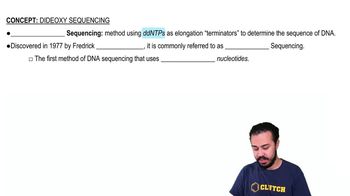Bergey’s Manual of Systematics of Archaea and Bacteria differs from Bergey’s Manual of Determinative Bacteriology in that the former
a. groups bacteria into species.
b. groups bacteria according to phylogenetic relationships.
c. groups bacteria according to pathogenic properties.
d. groups bacteria into 19 species.
e. all of the above



